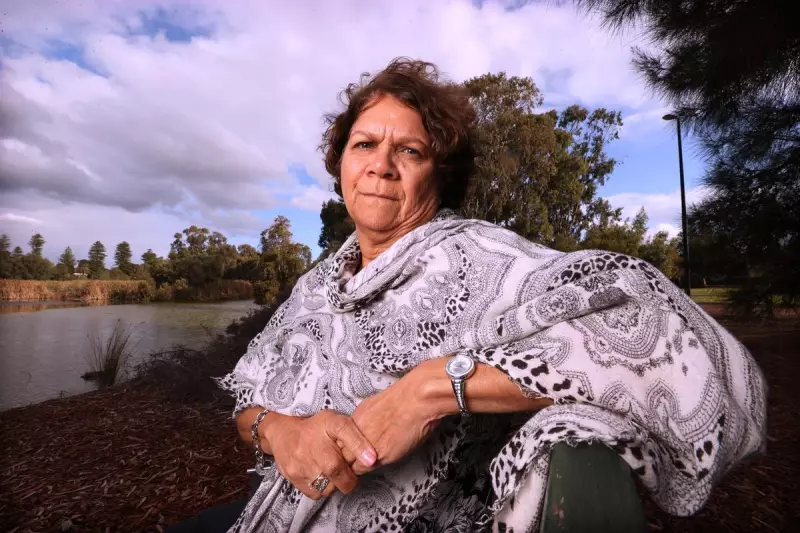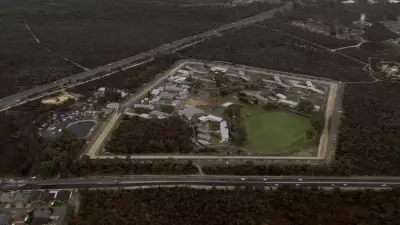
For generations, Perth residents have known it as Lake Monger, but the truth about this significant wetland has remained largely untold – until now. The site's Indigenous name, Galup, and its profound cultural importance to the Whadjuk Noongar people are finally receiving the recognition they deserve.
The painful history beneath the surface
Galup holds a dark chapter in Western Australia's colonial history that has been systematically overlooked. In the 1830s, the area was the site of a brutal massacre where numerous Noongar people lost their lives. This traumatic event, along with the site's cultural significance, was erased when the location was renamed Lake Monger after a colonial settler.
As Emma Garlett powerfully articulates, this renaming represented more than just a change of label – it was an act of cultural erasure that disconnected the land from its traditional custodians and their stories.
A movement toward truth-telling
The recent efforts to restore the name Galup represent a growing movement toward acknowledging Australia's complete history. This isn't about erasing European history but rather adding the layers that were deliberately removed.
Local councils, community groups, and descendants of both Indigenous and settler families are now working together to ensure the full story of Galup is told. Interpretive signs, community events, and educational programs are helping to bridge the gap between the site's past and present.
Why this recognition matters
The restoration of Galup's name and history represents several crucial steps forward:
- Healing for Noongar communities – Acknowledging painful history is the first step toward reconciliation
- Educational opportunity – All Australians benefit from understanding our complete history
- Cultural preservation – Protecting Indigenous knowledge and connection to country
- Truth-telling precedent – Setting an example for other sites across Australia
The path to reconciliation
As Garlett emphasises, acknowledging the truth about places like Galup is fundamental to meaningful reconciliation. It's not about assigning blame to contemporary Australians but about understanding our shared history and moving forward together with greater awareness and respect.
The story of Galup serves as a powerful reminder that beneath many of Australia's familiar landmarks lie deeper, older stories waiting to be heard. As more Australians embrace this truth-telling, we move closer to becoming a nation that truly understands and respects all aspects of its history.





